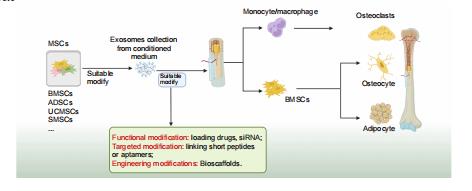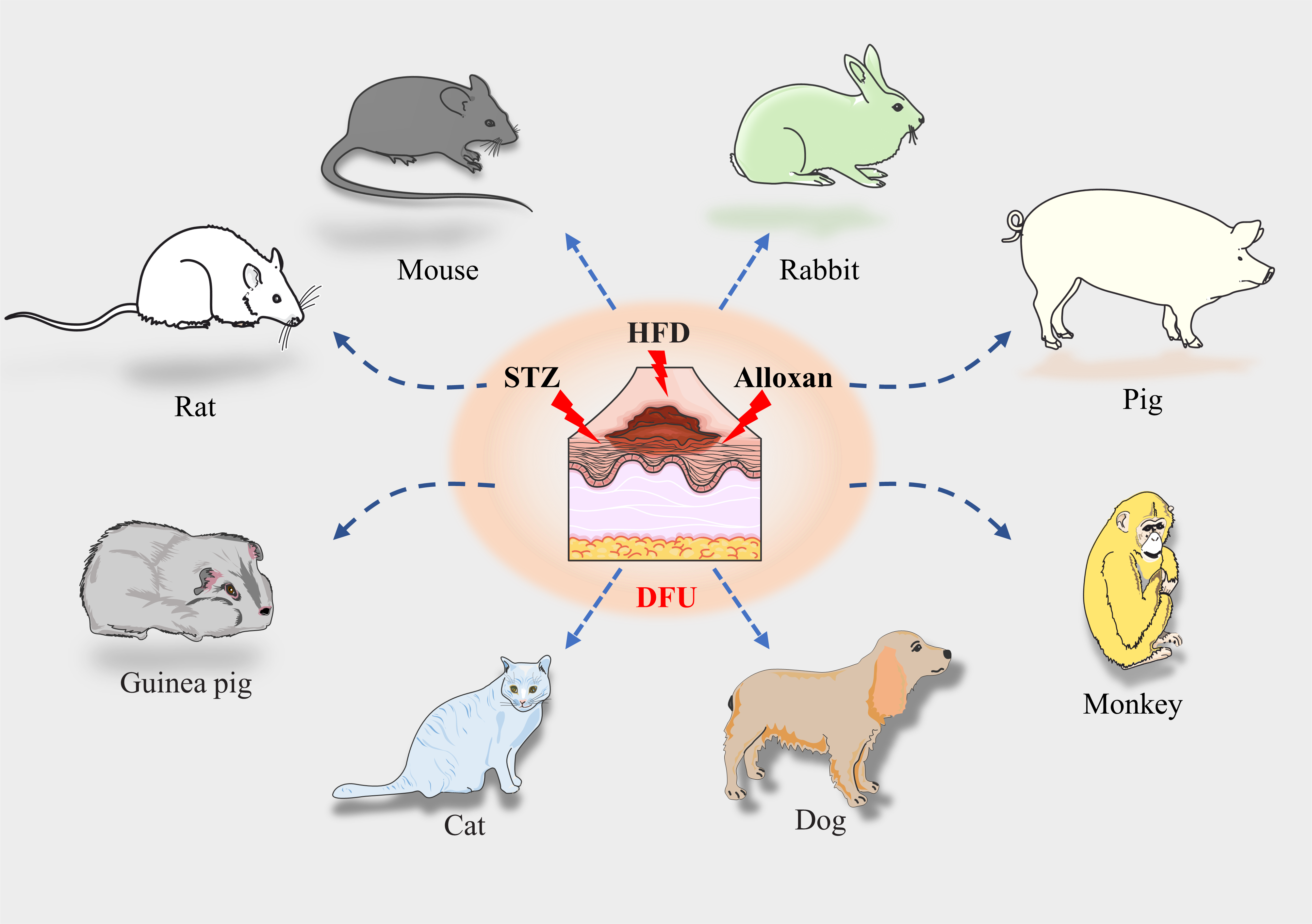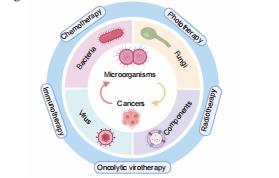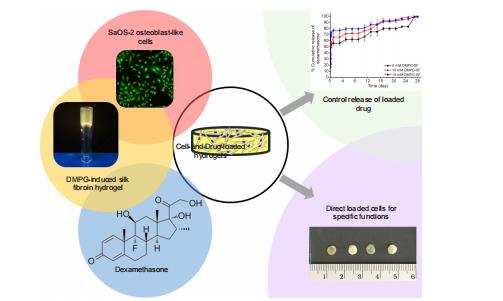News and Announcements
Volume 3 Issue 3 2022
Order by
Latest time
EDITORIAL
A milestone towards a successful scientific journal: celebrating the inclusion of Biomaterials Translational by PubMed
Qian Wang
3 Download 616 Views
REVIEW
Mesenchymal stem cell–derived extracellular vesicles: a possible therapeutic strategy for orthopaedic diseases: a narrative review
Zhao–Lin Zeng,
Hui Xie
9 Download 1442 Views

REVIEW
Advances and perspective on animal models and hydrogel biomaterials for diabetic wound healing
Yiqiang Hu,
Yuan Xiong,
Ranyang Tao,
Hang Xue, ... Guohui Liu
53 Download 2018 Views

REVIEW
Engineered microorganism–based delivery systems for targeted cancer therapy: a narrative review
Xin Huang,
Haoyu Guo,
Lutong Wang,
Zengwu Shao
11 Download 1194 Views

RESEARCH ARTICLE
Osteogenic differentiation of encapsulated cells in dexamethasone–loaded phospholipid–induced silk fibroin hydrogels
Chavee Laomeephol,
Helena Ferreira,
Sorada Kanokpanont,
Jittima Amie Luckanagul, ... Siriporn Damrongsakkul
12 Download 846 Views

RESEARCH ARTICLE
Cellular responses to nanoscale substrate topography of TiO2 nanotube arrays: cell morphology and adhesion
Monchupa Kingsak,
Panita Maturavongsadit,
Hong Jiang,
Qian Wang
17 Download 944 Views




